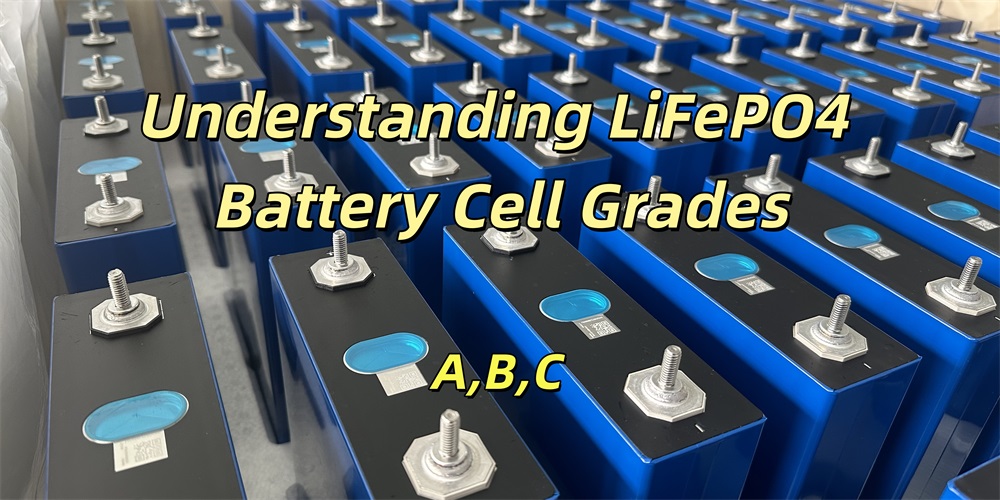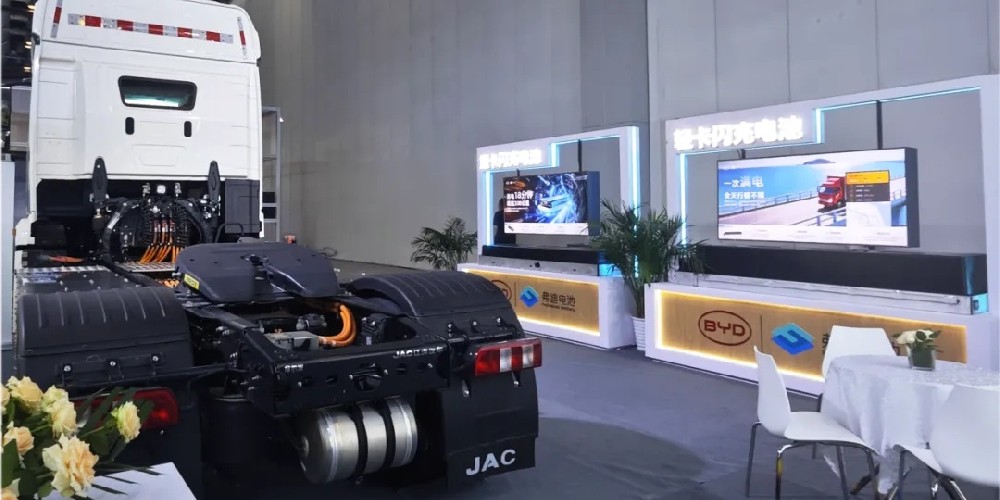Understanding LiFePO4 Battery Cell Grades: A Comprehensive Guide to Quality Classification

Lithium iron phosphate (LiFePO4) battery cells are systematically classified into different quality grades (A, B, C, and D) based on rigorous performance testing. This grading system helps manufacturers and buyers understand cell quality, though it's important to note there's no universal industry standard - each factory establishes its own grading criteria.
Grade A LiFePO4 Cells: The Premium Standard
Definition:
Grade A represents the highest quality tier, where cells meet all specified technical parameters without exception. These cells feature:
1. Perfect physical condition (no damage, swelling, or abnormalities)
2. Premium battery materials and manufacturing technology
3. Consistent energy storage capacity
4. Stable charge/discharge performance
5. Precise dimensional specifications
6. Excellent temperature stability
Production Process:
Manufacturers produce Grade A cells through direct factory orders where buyers specify exact requirements for capacity, dimensions (thickness/length/width), and other technical parameters. The cells are manufactured to these precise specifications without compromise.
Grade B LiFePO4 Cells: The Secondary Tier
Performance Characteristics:
Grade B cells typically operate at 80-90% of Grade A performance levels, with noticeable but not dramatic differences in:
1. Energy storage capacity
2. Charge/discharge stability
3. Material quality
4. Production defect rates (typically 5-10% vs. Grade A's ~2%)
Common Scenarios for Grade B Classification:
1. Cells with minor capacity deviations
2. Products with slight dimensional variances from specifications
3. Grade A cells stored unsold for 3-6 months
4. Output from second/third-tier manufacturers with higher defect rates
While functionally adequate, Grade B cells may cause slight performance inconsistencies in battery packs and are priced lower than Grade A equivalents.
Grade C LiFePO4 Cells: The Substandard Option
Quality Profile:
Grade C cells fall significantly below Grade A/B standards in all critical aspects:
1. Reduced energy storage capacity
2. Unstable charge/discharge performance
3. Inferior materials and technology
4. Higher likelihood of physical defects
Formation of Grade C Inventory:
1. Grade B cells stored unsold beyond 8 months
2. Cells affected by prolonged storage conditions (self-discharge, moisture, dust accumulation)
3. Higher susceptibility to swelling and other physical defects
Practical Guide to Identifying Cell Grades
Key Considerations:
1. Manufacturer Variability: A "Grade A" rating from one producer may equal another's "Grade C" - grades are relative to each factory's standards
2. Marketing Caveat: Many retailers use "Grade A" as a quality claim without standardized verification
3. Verification Methods:
· Review the manufacturer's test reports
· Examine the physical condition for defects
· Verify actual performance against specifications
· Consider storage duration when purchasing inventory
First-tier manufacturers maintain tighter quality control (≈2% defect rates) compared to lower-tier producers (5-10% defects), significantly impacting the proportion of true Grade A output.
This structured grading system enables buyers to make informed decisions based on their specific quality requirements and budget considerations, while understanding the inherent variability between different manufacturers' standards.
You can also give us a call at Energyx at info@energy-x.org if you want to know more information about LiFePO4 batteries.

